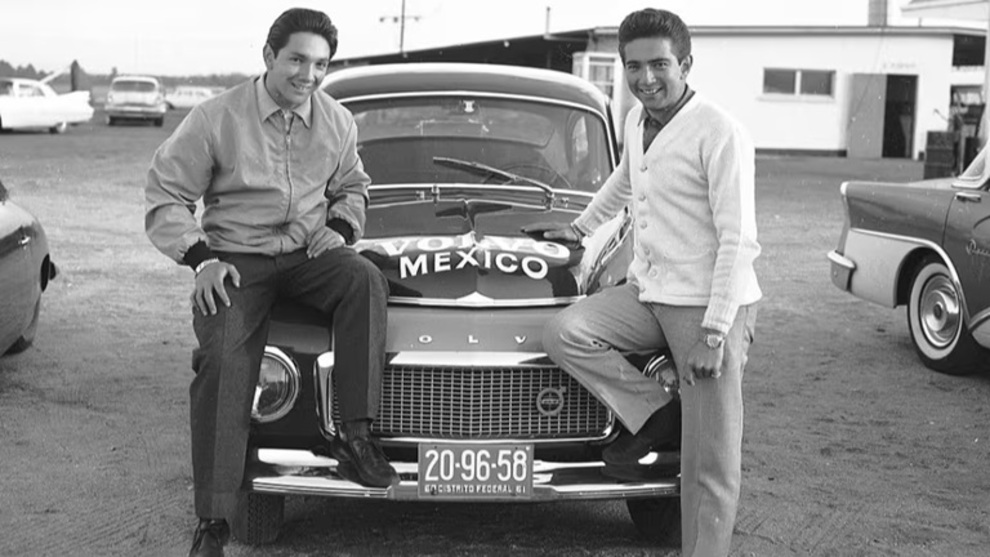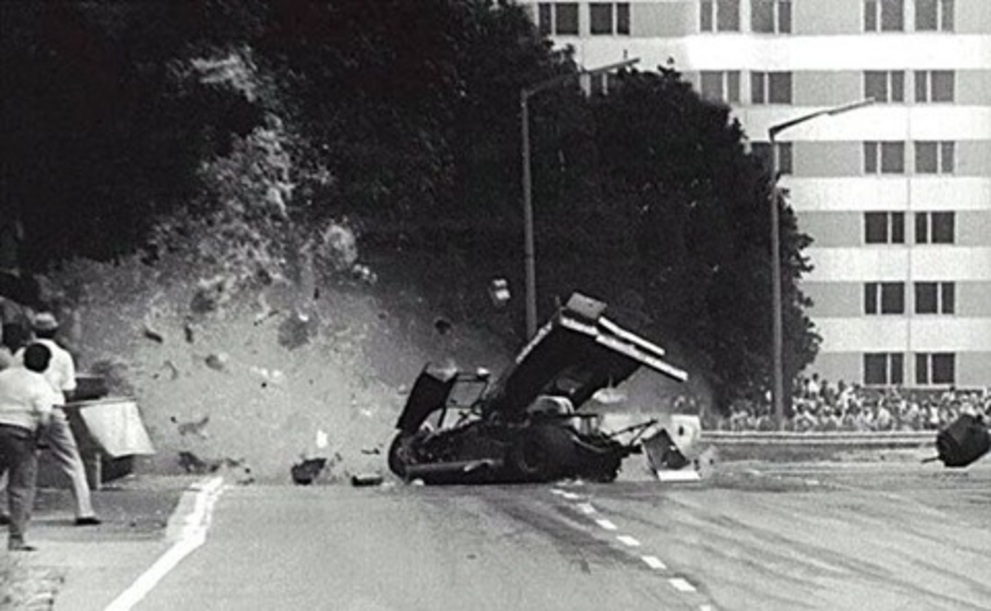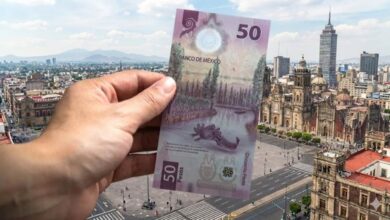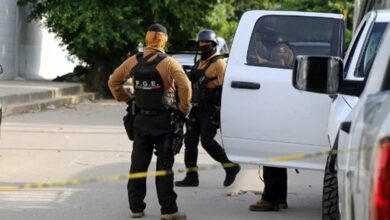Mexico’s High‑Altitude NASCAR Debut Merges Heritage with Horsepower

This Sunday, the NASCAR Cup Series roars into Mexico City’s Autódromo Hermanos Rodríguez, fusing modern stock-car thunder with the legend of Pedro and Ricardo Rodríguez. What unfolds is part race, part séance—and entirely Mexican.
Altitude Turns Every Lap into Survival Math
Drivers discover the first obstacle before engines fire: oxygen. At 7,218 feet above sea level, the Autódromo sits almost a mile-and-a-half higher than Daytona. Engines that inhale dense air at sea level gasp here; crew chiefs rewrite fuel-air maps, brakes run hotter, and heart rates spike sooner.
The 2.417-mile, 14-turn ribbon of asphalt now dives through the Foro Sol baseball stadium, then slingshots drivers back toward the Peraltada’s legendary, long-arc entry. When 110,000 voices surge from the grandstands and the green flag snaps, the Autódromo becomes a roaring lecture hall—stock-car chess played at 180 mph.
Yes—the infamous Peraltada is still there, but only as a shadow of the fearsome 180-degree bowl that terrified drivers in the 1960s and ’70s. When the circuit was modernized in 2015, designers sliced the old banked corner in half: the entry now peels off into the Foro Sol stadium, then feeds cars back onto a shorter, flatter final arc that rejoins the main straight.
Yet, even trimmed, that exit is the fastest segment on the lap. There’s negligible runoff, a concrete wall tight to the racing line, and—because the curve is slightly blind—drivers must commit long before they can see the straight. In a Cup car weighing more than 3,200 pounds, managing the Peraltada means hustling a hot right-front tire, a fading brake pedal, and the altitude-thinned downforce all at once. Miss the apex by an inch, and the safer barrier slaps back; nail it, and you rocket onto the front stretch, carrying the momentum to decide a pass before Turn 1. Engineers chase the mystical balance between horsepower and heat soak while pit-wall oximeters flash red. Simulators in North Carolina ran overtime predicting how cars glide a shade farther into braking zones when thin air steals downforce yet dulls drag.

EFE
Brothers Who Taught a Nation to Dream in Fifth Gear
Before air horns and stock-car V-8s shook the grandstands, Mexico’s passion for speed had two faces: Ricardo and Pedro Rodríguez. The brothers grew up in a well-heeled Mexico City household but spent most afternoons tearing around Chapultepec Park on bicycles, motorcycles, and anything with more horsepower than sense. Ricardo—the younger by two years—burned brightest first. At fifteen, he took a class win at Le Mans; at nineteen, he became Ferrari’s youngest Formula 1 driver, hustling a scarlet 156 past men twice his age. Mexico fell under his spell, crowding radio sets to catch European race reports, dreaming that one of their own might beat the English and Italians at their own game.

EFE
That dream shattered on November 1, 1962. During unofficial practice for the inaugural Mexican Grand Prix on home soil, Ricardo’s Lotus 24 snapped sideways, entering the Peraltada, slammed the outer banking, and burst into flames. He was twenty. The city went silent; newspapers printed black-bordered front pages; 200,000 lined the streets for his funeral. Ricardo became a martyr of modern Mexican ambition overnight—proof that a nation could touch Formula 1 glory but pay dearly.

EFE
Pedro, steadier and more reserved, stepped into the void. He had managed the family’s hardware import business, yet the track kept calling. By 1967, he repaid that faith: a rousing victory in the South African Grand Prix announced him as a top-flight talent. Two years later, he conquered the monsoon at Spa, earning a reputation as the sport’s ultimate rain master, eyes half-closed behind a fogged visor while others tip toed. Endurance fans still talk about his Porsche 917 drifting through Eau Rouge at full chat in a downpour—an image equal parts ballet and lunacy.
Fate, cruelly punctual, returned on July 11, 1971. Pedro was leading a minor Interseries race at Germany’s Norisring. Lap 11 turned fatal. Hurtling through the curve at nearly 280 km/h (174 mph), the Mexican star clipped the outside barrier and slammed full force into the concrete. Metal shrieked, fuel ignited, and within seconds the car was an orange furnace. Track marshals clawed him from the wreckage, but the combination of crushing impact and searing burns proved unstoppable; he succumbed to his injuries that same afternoon, only 31 years old.
The government renamed its new circuit in their honor, cementing the brothers in asphalt and bronze. Today, their busts guard Turn 4; their story fuels every young karter who walks the paddock. Whether it’s Formula 1, endurance classics, or NASCAR’s newest venture, the roar that rolls off those grandstands still carries a double echo: Ricardo’s fearless sprint toward promise and Pedro’s gallant dance with danger—together, the heartbeat of Mexican motorsport.
Stock Cars Meet Statecraft and Street Tacos
NASCAR’s Mexican foray is a calculated bridge. Mexico exports nearly five million vehicles annually; many suppliers feed NASCAR’s Charlotte shops. A race here closes a commercial loop while courting Latin fans raised on Formula One’s Mexican Grand Prix.
Paddock banners pair Checo Pérez murals with U.S. soft-drink logos. Mariachi trumpets will perform the anthem live, a nod to heritage and a hedge against past gaffes. Concession stands sell tlayudas alongside pulled-pork sandwiches—proof that brand cross-pollination can taste delicious.
NASCAR vice-president Ben Kennedy calls the Viva Mexico 250 “the most anticipated date on the calendar” because it taps a fan base that treats racing as a family ritual. Tickets sold out in 90 minutes. Sponsors see data gold; scholars dub the move a “transcultural export.”
Sunday Could Rewrite the Championship
With ten regular season races left, a victory secures playoff berths. Daniel Suárez, Mexico’s Xfinity champion, dreams of winning on home asphalt; his Trackhouse Chevrolet carries the brothers’ career stats in silver micro-print. Crew chiefs juggle richer fuel mixtures that burn more gas; brakes fry early; caution flags loom if rookies misjudge Turn 1’s downhill plunge.
Grandstand acoustics amplify roars into a sonic whip—Foro Sol becomes a cauldron. Even Cup veterans confess the noise rattles focus. Should Suárez or another Latino driver take the lead, the eruption may rival Monza’s tifosi, except the altitude slices sound sharper here.
Also Read: Chilean Star Köbrich’s Relentless Pursuit of Swimming Perfection
Checkered flag drops. Whether a sleek Next Gen Ford or Suárez’s Chevy claims victory, the result pins a new page onto a story begun when two teenage brothers smuggled Mexico’s tricolor onto European podiums. Fans file past bronze busts glowing under floodlights, whispering gratitude. Thin air, thick history—Mexico City delivers both in one breathtaking afternoon.





